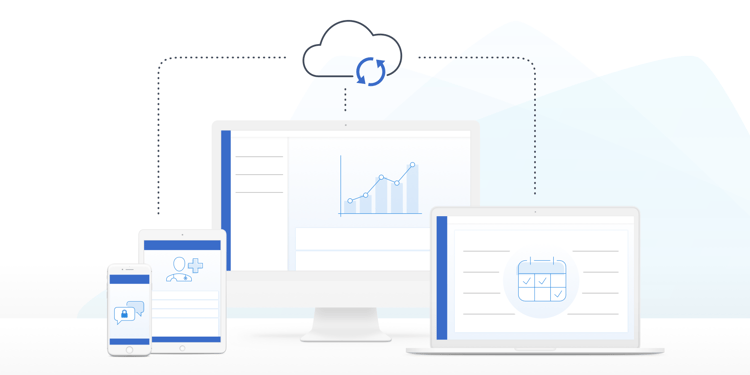
The management of shift trades between physicians in the same medical service can be complex, both for the person in charge of schedule management, as well as for the rest of the physicians in the group.
Once the final schedule is published, shifts trades or transfers that occur inevitably add to the schedule management process. For example, the cardiology department at the Vancouver General Hospital and St. Paul's Hospital, is composed of 60 cardiologists. They performed no less than 690 shift trades and transfers over a 3-month period, it is more than 200 changes monthly. Because of their need to have a flexible schedule, physicians have everything to gain by optimizing their shift trade process.
By choosing a specialized solution that can effectively manage physician shift trades, the planner can save valuable time by simplifying the process, while at the same time providing physicians with greater autonomy. Petal has identified six features to consider when selecting a scheduling solution for physicians to facilitate the shift trades and transfers.
1. More Autonomy for All Physicians in the Group
In order to reduce processing time and to free up time for each of the members of the group, it is better to opt for a schedule management solution that allows all the physicians in a group to be able to trade or transfer their shifts by themselves, without having to go through an intermediary.
In this way, physicians are more autonomous in the management of their shift trades and the person in charge of the schedule management no longer needs to coordinate shift swaps between physicians. By reducing the number of intermediaries in the process, the risk of communication errors is also greatly reduced.
See also:

2. Keep Control of Shift Trades with Approvals
The ideal solution should be able to allow the planner to choose whether or not to approve the changes made by the physicians before they become effective, depending on the types of tasks or the members who initiate the request. For example, the scheduler could choose that all traded shifts be automatically accepted, with the exception of any exchanges requested by resident physicians.
By selecting the requests that must be approved and allowing physicians the possibility of carrying out certain exchanges autonomously, the planner speeds up the shift swapping process, while at the same time keeping a check on the quality of the schedule.

3. Apply Auto-Filter on Physicians by Skills and Availabilities
To save even more time, it is important to target a digital tool that allows members to offer their shifts only to physicians who have the skills and availabilities required.
An adapted digital solution will automatically filter candidates who meet these criteria and allow physicians to offer a shift trade only to a colleague who is qualified and available to accept it.
4. Trade Shifts from Any Smart Device at Any Time
Considering that physicians are generally required to work in different locations, departments or even establishments, it is essential to select a schedule management solution that allows them to perform their task exchanges from any smart device.
Thus, physicians should have the latitude to be able to trade or transfer their shifts from anywhere and at any time, without having to limit themselves: to the moment they are in a certain department, or to the availability of the person in charge of the schedule, or to the working hours of the department. They should also be able to track the status of their requests in real-time.
5. Show Schedule Changes Automatically in Real-Time
It is important to select a schedule management tool that automatically updates the group’s schedule whenever a shift trade is performed. Ideally, the solution should also be able to send a notification to all the people concerned to inform them of the change.
By displaying the changes in real-time, everyone with access to the schedule is guaranteed to always have the latest up-to-date version of the schedule, which greatly reduces the risk of communication errors.

6. Access to a Complete History of Exchange Requests
Keeping track of completed shift trades requests can be useful in eliminating cases of error. For example, if a physician leaves a handwritten note of an exchange request on the office desk of the scheduler and it inadvertently gets lost, the physician has no evidence of his request.
That’s why it’s crucial to make sure you choose a digital solution for scheduling that provides access to a complete history of all requests. Each physician should be able to obtain a history of their exchange requests and the person in charge of the schedule should have access to a complete compilation of all the trades made by the group.
The following is a list of some of the types of relevant information that should be searchable for a query:
- Request description
- Impacted members
- Requests history (dates and hours)
- Actions (executed or cancelled)
Simplify the Management of Your Shifts with a Specialized Solution
Learn about the features and benefits of Petal Scheduling, Petal’s schedule management solution for physicians, by downloading the full product sheet below or by requesting a custom product demo.
